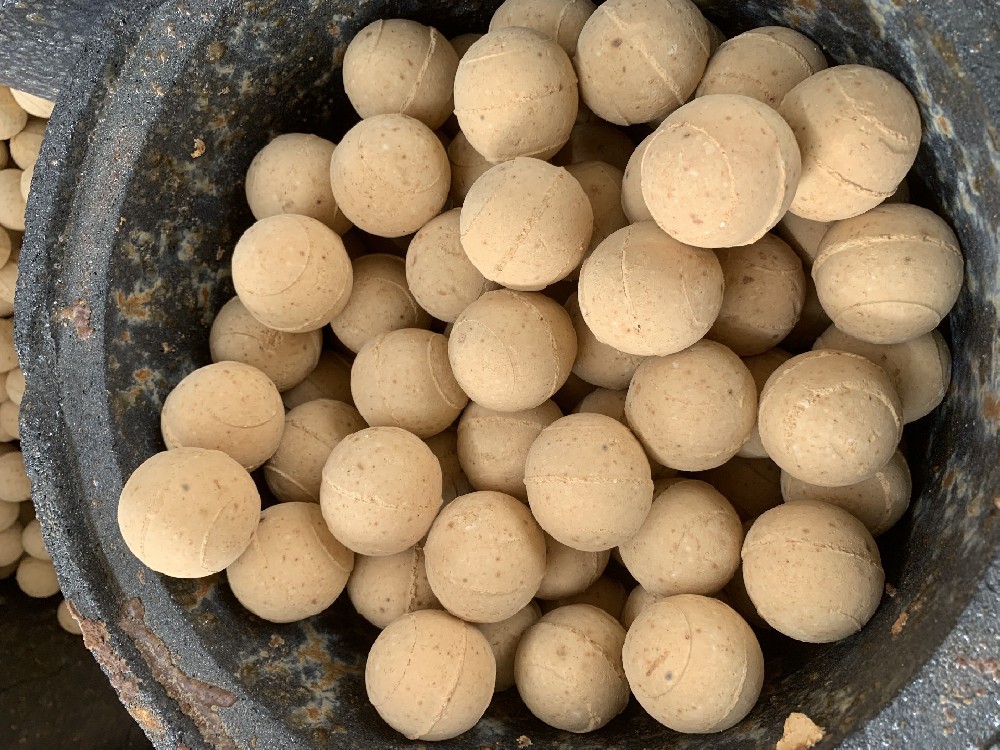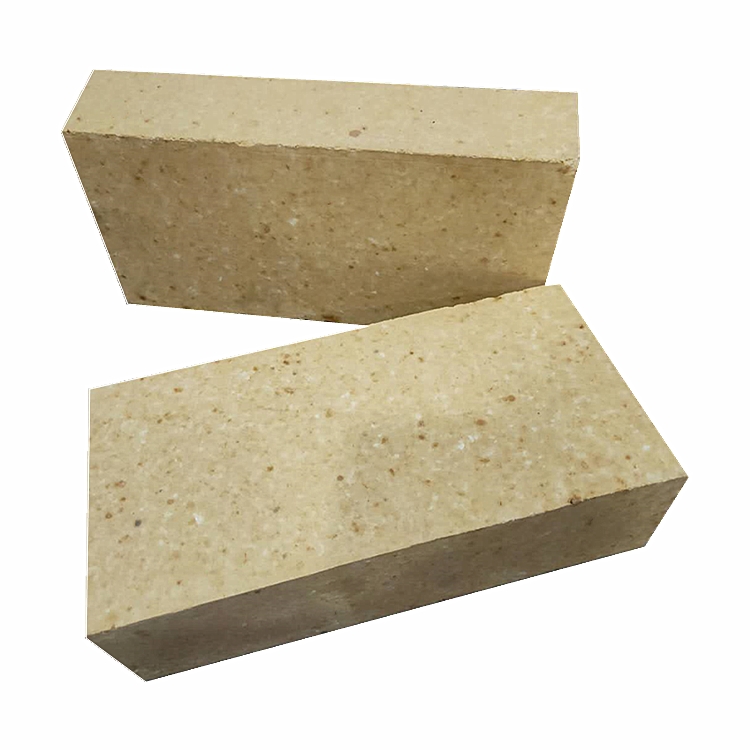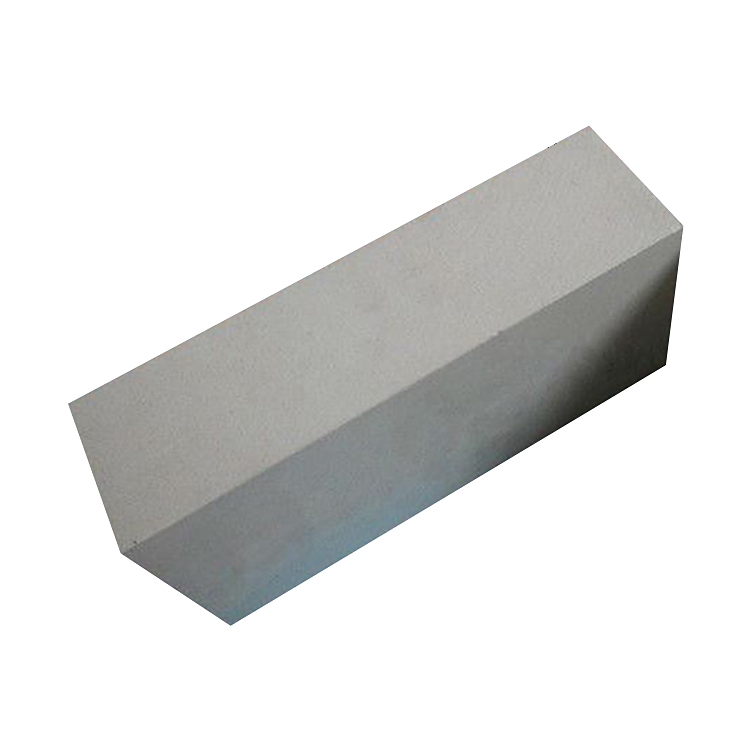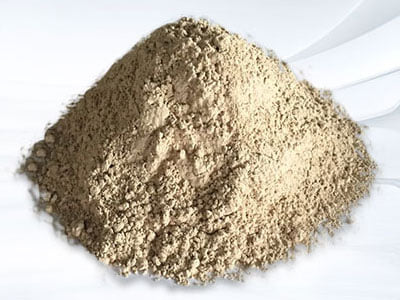Description of mullite refractories
Characteristics of mullite refractories
Mullite refractories refer to refractories made of synthetic mullite as the main raw material and mullite as the main crystal phase. The production process of refractories is similar to that of high alumina products. The process points that need to be paid attention to are: accurate batching (particle gradation, ratio of aggregate and fine powder), uniform mixing, high pressure molding, and full sintering. Firing temperature: when sintered mullite is used as aggregate
1550 ~ 1600 ℃; >1700 ℃ when using fused mullite as aggregate.
The chemical formula of mullite is 3AlO3 2SiO2, which is AI2O3-SiO2
The only stable compound in the binary system. Its melting point is (1890±90) °C, and it is crystallized with an orthorhombic crystal structure. The crystal structure is developed in the direction of the aluminum-oxygen octahedron sharing AlO6 parallel to the C axis, and the lateral direction is (Si, Al)O4 tetrahedron and AlO6 octahedron. A chain-like silicate mineral phase connected by a shared edge. With the increase of Al3+ content, more oxygen vacancies will be generated in the crystal lattice, so mullite is an unsaturated network structure with ordered distribution of alumina; its structure has large voids and is relatively loose.
Mullite is the raw material of high-grade refractories, with extremely low carbon residue, low porosity, low impurity content, high flexural strength, high softening temperature under load, and high strength. Mullite has excellent thermal shock resistance and wear resistance. Its performance is widely used in glass kiln body lining bricks, mullite bricks, and hot blast stove bricks in large-scale smelting blast furnaces.
-

Thermal storage alumina balls
The Thermal storage alumina ballsis made of industrial alumina and refractory kaolin as the main raw materials through scientific formula, forming and high-temperature calcination.Thermal storage alumina ballss are divid··· -

Anti-stripping high alumina brick
Use description of Anti-stripping high alumina brick1. Anti-stripping high alumina brick has a good application in low temperature parts such as large and medium-sized cement precalciner, kiln smoke chamber, indoor decom··· -

Anti-stripping high alumina bricks
Anti-stripping high alumina bricks are made of high alumina bauxite clinker, mullite, kyanite, zircon sand, and binder after granulating and powdering processes, mixed in a certain proportion, pressed into shape, and fir··· -

silica hot repair refractory
Performance index of silica hot repair refractoryThe material is a kind of plastic unshaped refractory material, its main component is SiO2, it is made of special clinker and various binders and additives, and it is proc···

